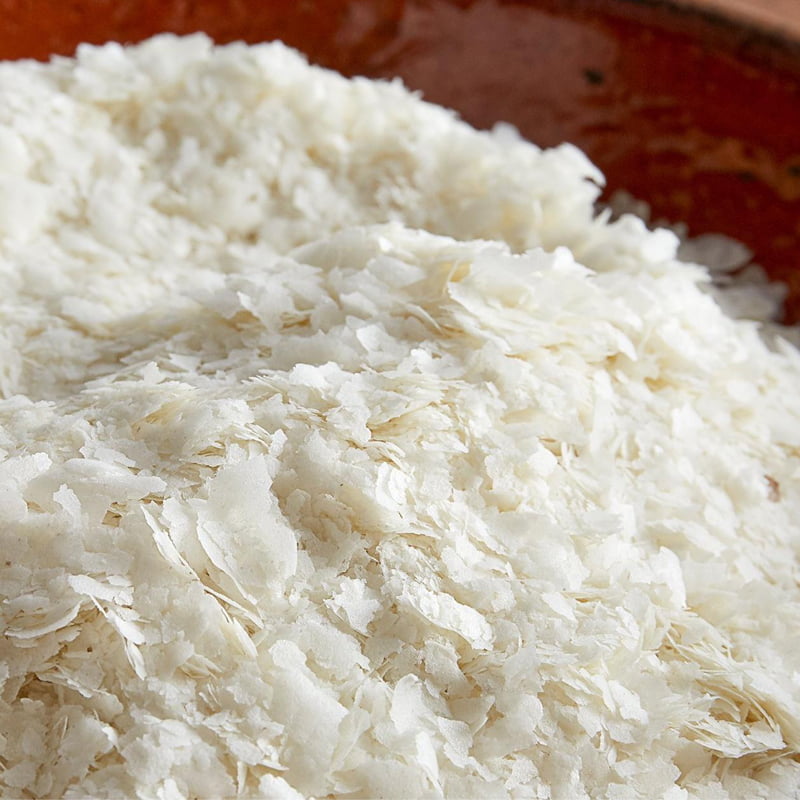洋芋片, 儘管長期以來被認為是一種重要的食品添加劑和成分,用於調整食品的整體味道和外觀, 實際上具有豐富的營養價值, 我們經常忽略的.
在 2015, 中國啟動馬鈴薯主食策略, 這意味著馬鈴薯將成為人們飲食的主要組成部分 1.4 billion people. Among these, potato flakes have become the most important ingredient. This large-scale use of potato flakes proves their health benefits and nutritional value.

The nutritional structure of potato flakes
| 養分 | 數量 |
|---|---|
| 活力 | 1486 KJ (355 千卡) |
| 蛋白質 | 8.4 G |
| 胖的 | 0.5 G |
| 碳水化合物 | 82.7 G |
| Minerals | |
| 鈉 (Na) | 71 mg |
| Phosphorus (磷) | 170 mg |
| Potassium (K) | 980 mg |
| Magnesium (Mg) | 100 mg |
| Calcium (Ca) | 35 mg |
| Iron (Fe) | 0.8 mg |
| Zinc (Zn) | 12.5 mg |
| Iodine (我) | 25 µg |
| Selenium (Se) | 1.4 µg |
| Copper (Cu) | 0.35 mg |
| Vitamins | |
| Vitamin B1 (Thiamine) | 0.11 mg |
| Vitamin B2 (Riboflavin) | 0.25 mg |
| Vitamin B6 | 0.42 mg |
| Vitamin C (Ascorbic Acid) | 25.9 mg |

Nutritional Structure Analysis
Based on the nutritional structure of potato flakes, we can find out that:
碳水化合物
Carbohydrates make up the majority of the total energy in potato flakes. The high carbohydrate content makes potato flakes an energy-dense food source, suitable as a staple food or an energy supplement.
蛋白質
Although the protein content in potato flakes is relatively low, it is of high quality, containing all essential amino acids.
Minerals and Vitamins
Potato flakes are rich in minerals such as potassium, phosphorus, and magnesium, as well as B vitamins and vitamin C. These nutrients are crucial for maintaining heart health, nervous system function, immune system strength, and skin health.
胖的
The fat content in potato flakes is extremely low, which is one of its main characteristics. The low-fat content can help control overall caloric intake. Many people use lightly seasoned mashed potatoes as a meal replacement to help control weight.
概括
所以, we can consider potato flakes to be a nutritionally rich food. 然而, their nutritional content is not balanced, so dietary adjustments are needed and they cannot replace other foods entirely. 另一方面, potato flakes have significant advantages as a staple food, but one drawback is that they are relatively more expensive compared to rice and wheat.

發佈留言